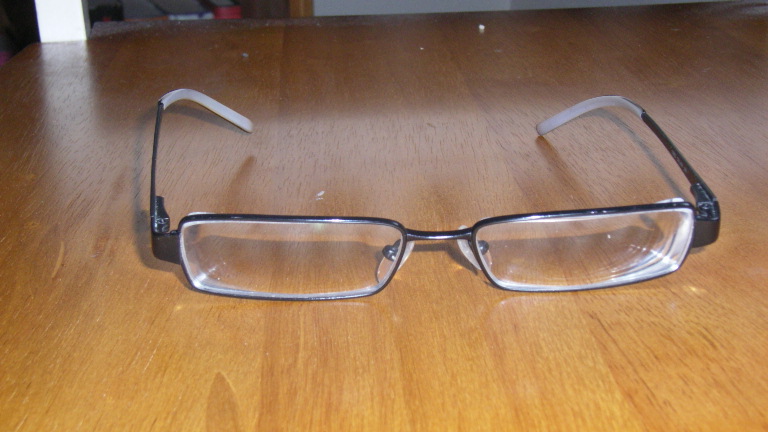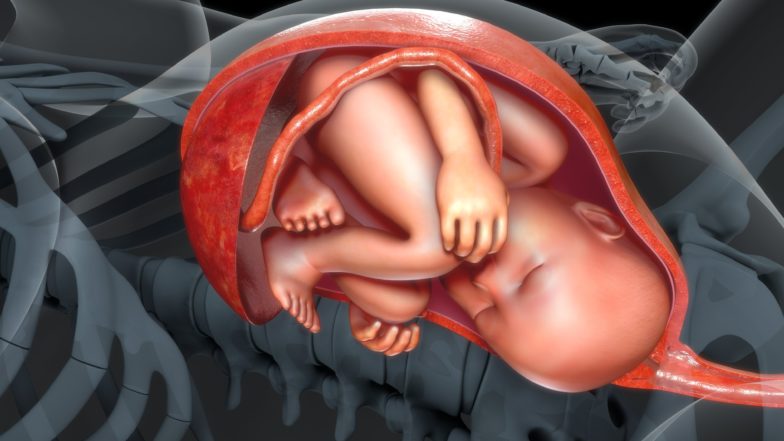Puzzling Rocks
Imagine working a puzzle with pieces made by machines using different scales.
It’d be like attempting to fit a child’s ten-piece puzzle with the tiny pieces of a complex jigsaw puzzle. While the pictures might be the same, pieces made using a 2:1 scale would never fit with pieces made using a 3:1 scale. The Institute for Creation Research’s RATE team makes the claim that scientists using radioisotopes to date rocks are trying to assemble such a bizarre puzzle.
The RATE researchers contend that radioactive decay occurred at an accelerated rate in the past, which renders radioisotope dating techniques completely obsolete and unreliable. Scientists can test this contention by comparing radioisotope dates for rocks with corresponding dates derived from cyclical variations in Earth’s orbit and rotation axis, which change the sedimentation rate.
As reported in Science, a team of Earth scientists performed a calibration of the Ar40/Ar39 dating method using two geological formations separated by a well-determined number of variations in Earth’s orbit. The time-separation recorded by the variations in sedimentation depends on well-understood cyclical variations in Earth’s orbit. This separation is compared to the radioisotope dates obtained from each of the two geological formations. Based on the calibration, the measured age of the formation increased by just over half of a percent, which reduced the uncertainty in the age by a factor of ten.
These results provide an example where more data serve as a test of two competing models. According to the RATE model, the dates determined by the astronomical forces should not correlate with the dates derived from radioisotope measurements because the decay rates changed dramatically in the past—much like mismatched puzzle pieces. In contrast, the constant decay rates of RTB’s model (which agrees with the prevailing scientific model concerning the age of the Earth and universe) mean the dates should correlate well. For further examples showing the consistency and reliability of radioisotope dating see Roger C. Wiens’ article on the American Scientific Affiliation website.






